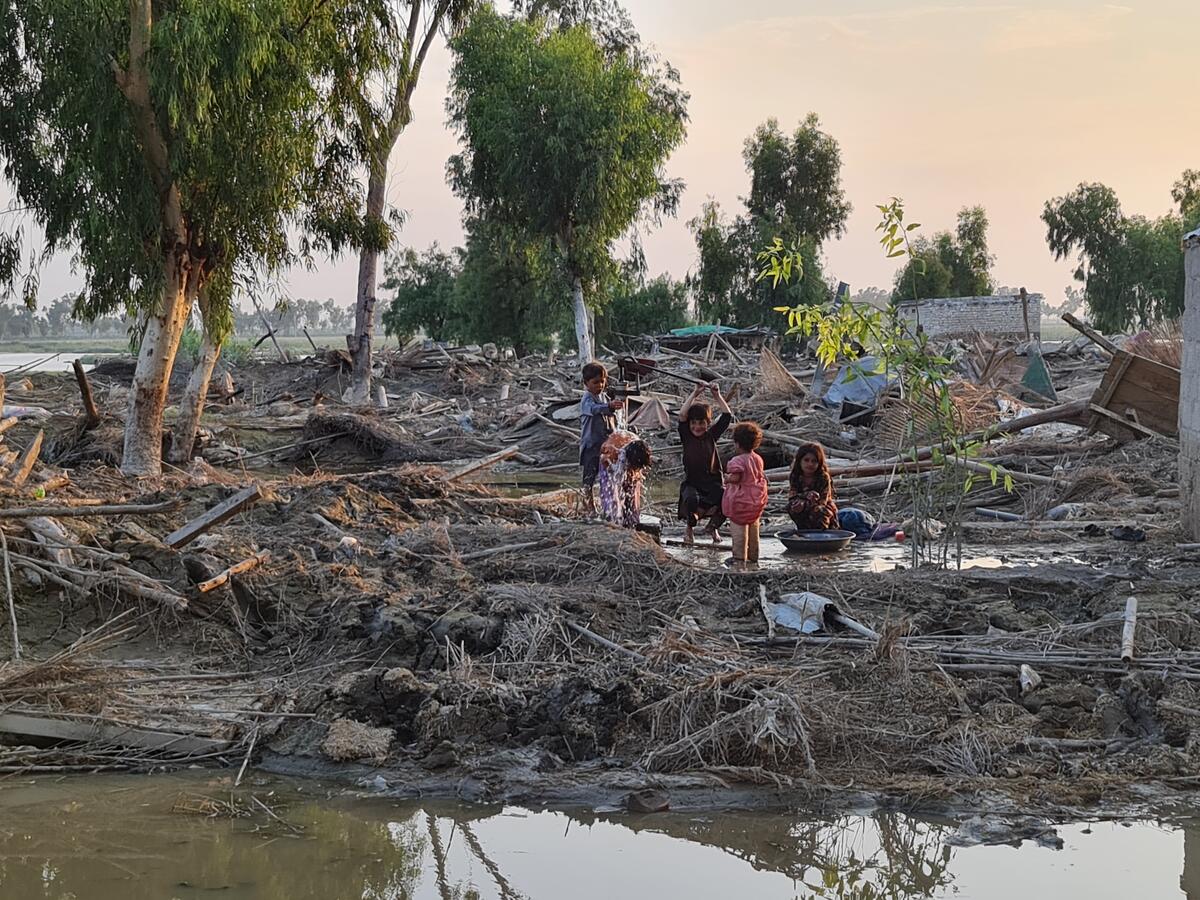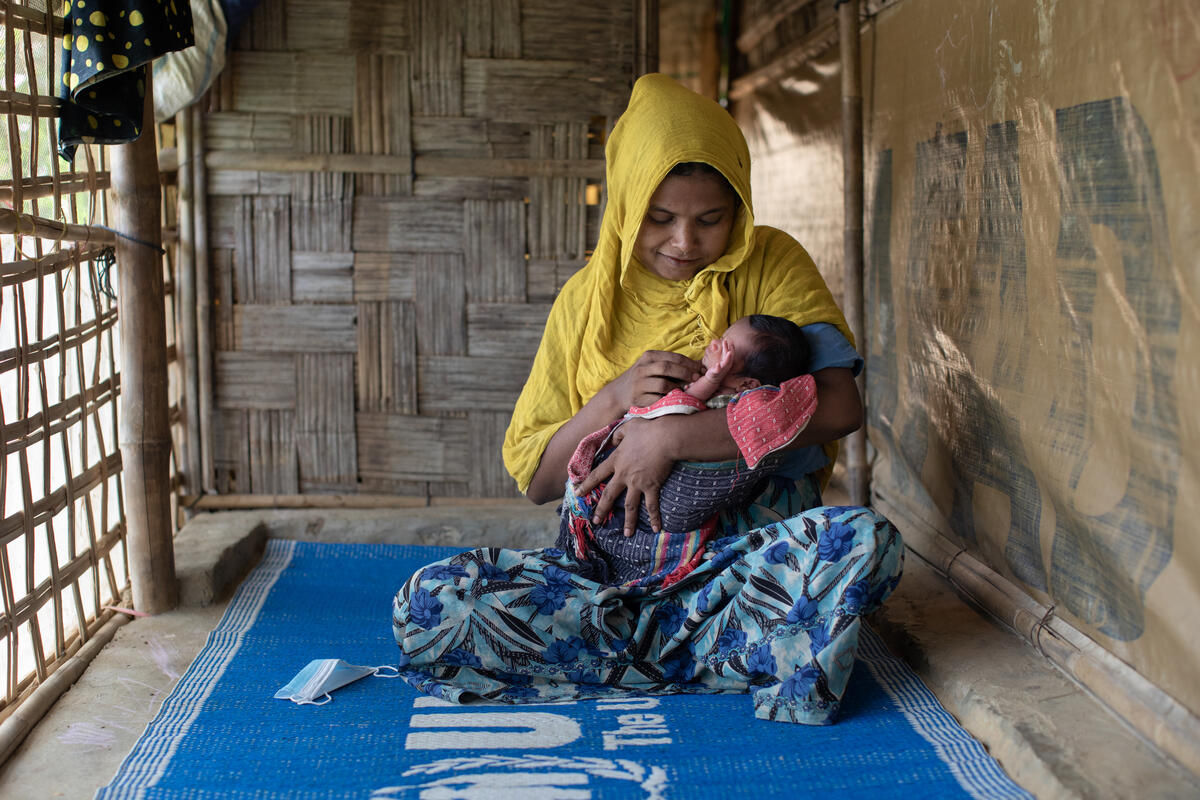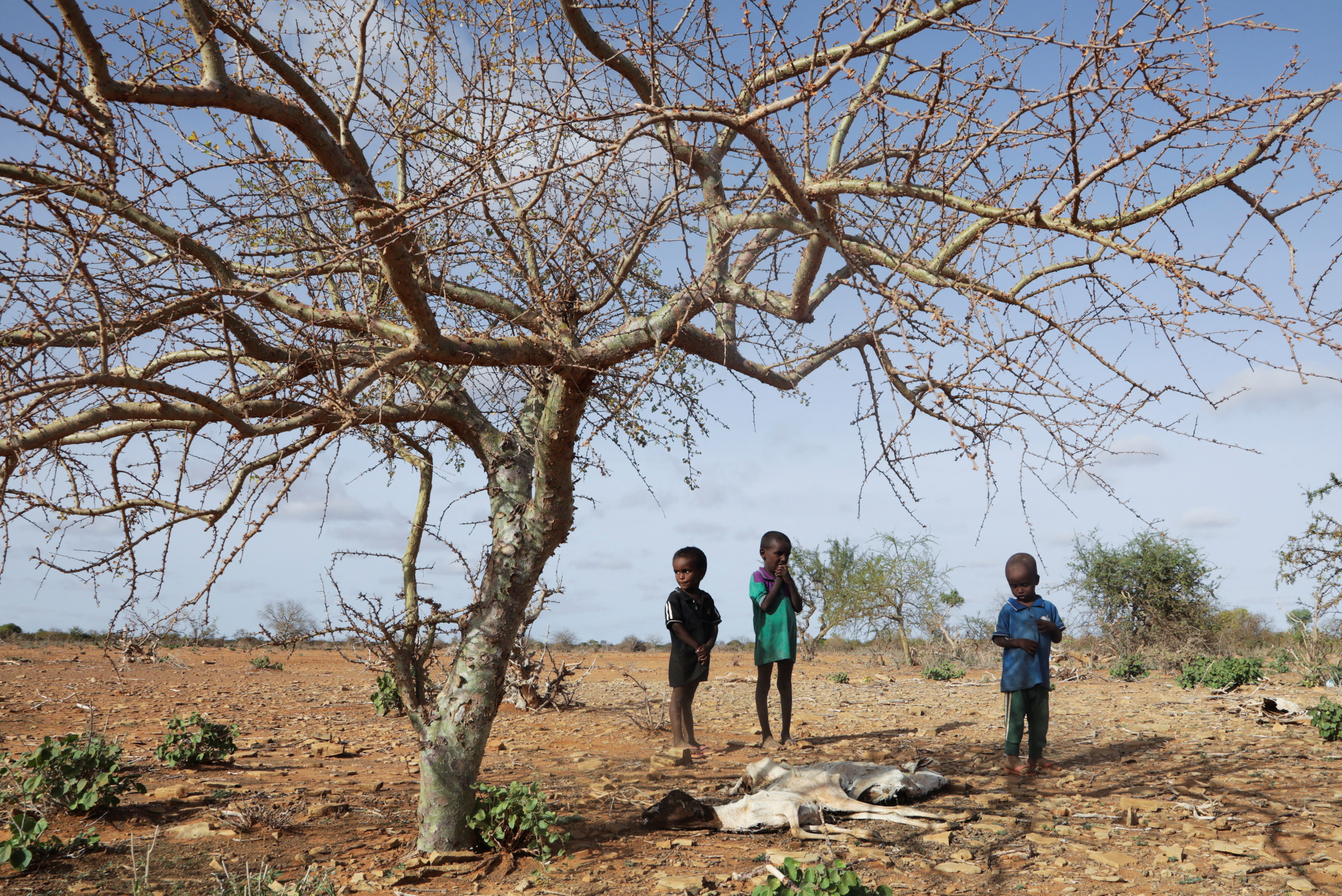UNHCR seeks US$34 million for Burundians in Tanzanian settlements
UNHCR seeks US$34 million for Burundians in Tanzanian settlements

GENEVA, February 21 (UNHCR) - The UN refugee agency is seeking US$34 million to realize comprehensive solutions for some 218,000 Burundian refugees who fled to Tanzania in 1972. The two-year programme aims to end one of the world's most protracted refugee situations.
A breakthrough came late last year when the government of Tanzania indicated its intention to close the so-called "Old Settlements" and the governments of Tanzania and Burundi expressed their wish to find lasting solutions for those refugees. The two governments and UNHCR formed a task force to develop a strategy to solve this protracted refugee situation.
"We see this as one of our most important programmes on the African continent this year. The voluntary repatriation and reintegration for those 1972 Burundians who have expressed the desire to go home will be fully supported and expedited," said Marjon Kamara, director of the UNHCR Africa Bureau.
"Local integration in Tanzania for those who expressed the desire to remain and apply for Tanzanian citizenship is a time-bound opportunity and we hope the donors' response in support of both solutions will be quick, positive and adequate. It is critical to complete the process in a timely manner to achieve sustainable success," Kamara added.
Forced to flee an internal conflict in Burundi in 1972, the vast majority of Burundian refugees found shelter in Tanzania. To this day, the refugees live in three settlements designated by the Tanzanian authorities: Ulyankulu in the Tabora region, and Katumba and Mishamo in the Rukwa region.
Soon after arrival, each refugee household was given land and by 1979 the settlements were economically self-sufficient. All international assistance to them stopped in 1985. This group of refugees is distinct from Burundians who arrived in subsequent influxes in the 1990s and are accommodated in three camps in north-west Tanzania.
The UNHCR supplementary appeal for the 1972 Burundians is based on results of a general population census, a comprehensive individual registration and a socio-economic study of the Old Settlements successively carried out during the second half of 2007. In the three principal components, the appeal foresees the voluntary repatriation and reintegration of some 46,000 refugees who wish to return to Burundi, local integration of the remaining 172,000 in line with Tanzanian citizenship legislation and direct support to districts and villages where they will be finally integrating.
The activities are scheduled to start in late February. UNHCR will organize, in collaboration with Tanzanian authorities, the voluntary return by road and rail using both existing facilities for the current Burundian repatriation and additional structures that will have to be set up. The Burundian government, together with UNHCR, will facilitate reintegration of the returnees.
"The positive consideration of citizenship applications to be filed by some 76,000 refugees who are over 18 years old will be a historic and unprecedented contribution to regional stability by Tanzania," said Kamara. The process will be conducted by the central and local Tanzanian authorities in accordance with Tanzanian citizenship law and assisted by UNHCR.
The full social and economic integration of the 1972 Burundians will take place at destinations across Tanzania, with relocation support and targeted infrastructure and rehabilitation assistance in the areas of stay or relocation of the newly naturalized citizens. This part of the process is considered the biggest challenge, requiring long-term support by other UN agencies and major development partners.
For its part, UNHCR will help improve water systems and health clinics and will also support receiving communities to strengthen educational institutions and vocational training centres. Part of the national road network will be rehabilitated and UNHCR will also support agricultural services to address land overuse and improve farming practices.
UNHCR will help to rehabilitate the environment in areas where refugees were hosted as well as assist in renovation of infrastructure to be handed over to Tanzanian authorities.
In addition to 218,000 Burundian refugees from 1972, Tanzania hosts 113,000 Burundian refugees and 96,000 refugees from the neighbouring Democratic Republic of the Congo.







